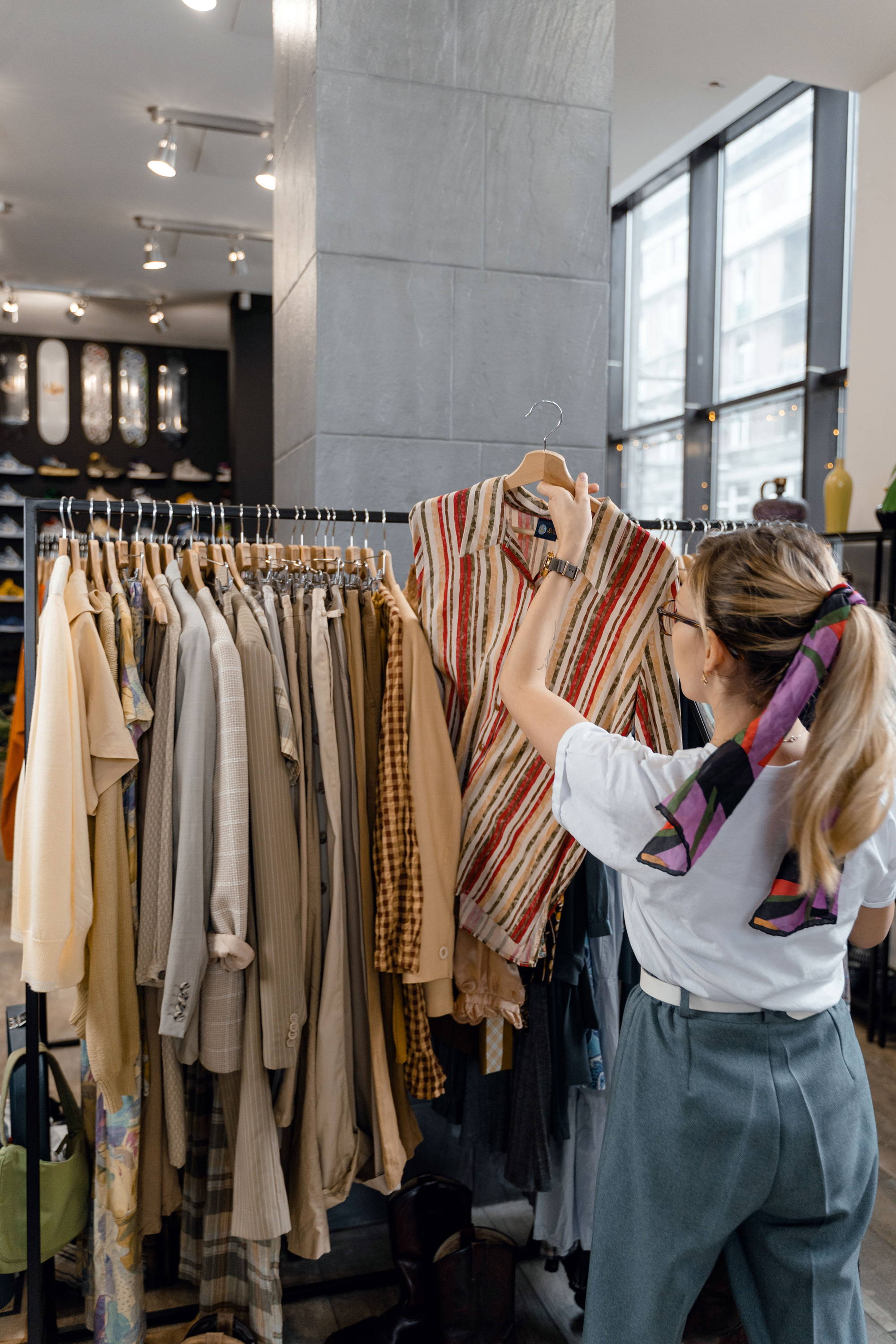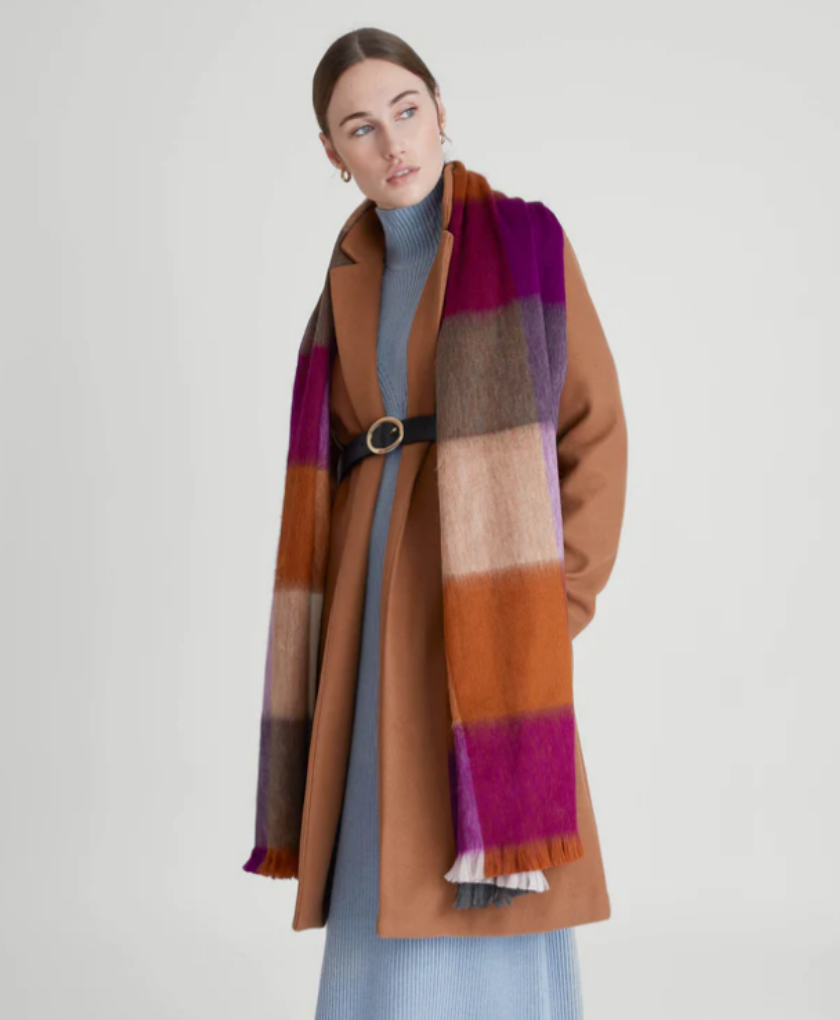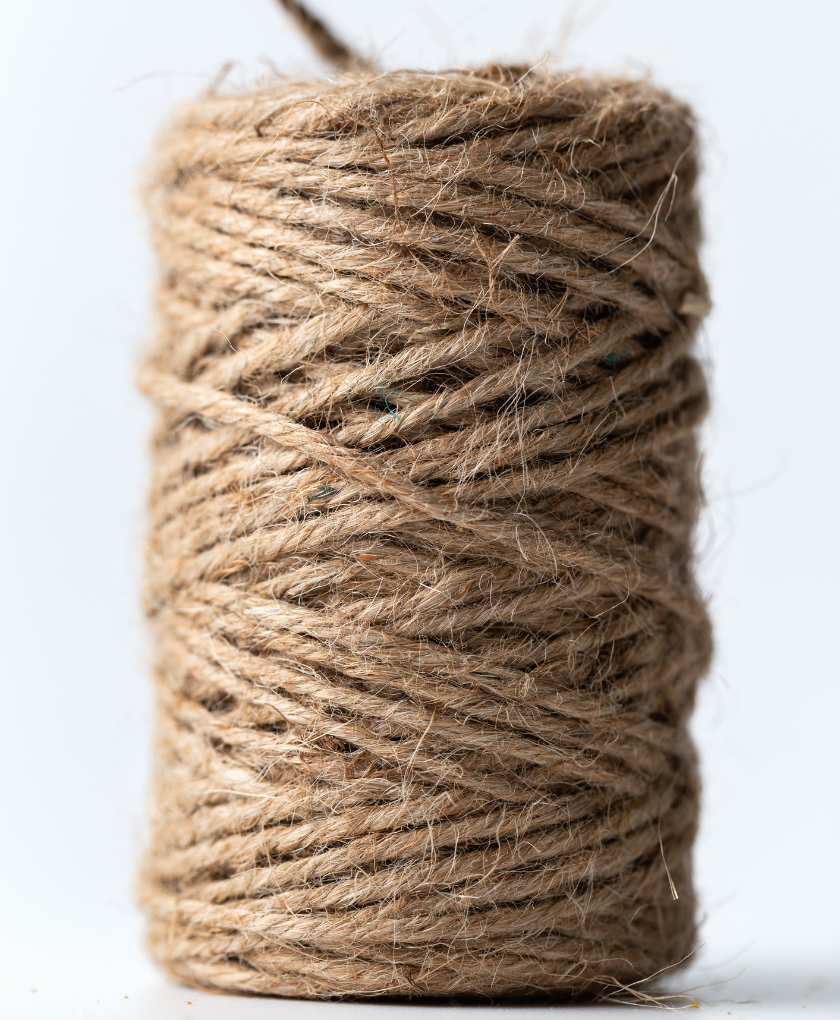
#editorial
Fashion Industry: let’s have a look around
12 September '22
5 minutes
Words by Eszter Gurbicz

Image resource: Lizza summer
As we all face the reality of climate change and there is an ongoing rise of concerns about our environmental impact, the world's biggest industries also try to pursue sustainability. In recent years, sustainable fashion has become a buzz-term that we see everywhere across the media. However, there’s still a lot of work to be done and many challenges to be overcome in order to convert it into being truly sustainable.
With our newest column “Your Guide To Sustainability: Explore Fashion”, we will guide you through a sustainability journey in the world of fashion, addressing all areas which we believe are important in order to shift our consumer behavior towards more responsible practices. We will talk about a wide range of topics, including the sustainability basics applied to the industry, brands’ certifications, sustainable materials, innovative practices and technologies. By exploring all these areas, we will show you that the change starts from your daily choices and that we can all make a positive impact and let the industry become more responsible.
Where are we now?
Fashion is the third biggest industry after automotive and technology. Due to its size and common practices, it also becomes one of the most polluting industries in today's economy. The industry indeed puts a lot of pressure on the environment, often using up and polluting precious natural resources. Just to mention an easy example, cotton production utilizes huge amounts of water. According to the Ellen MacArthur Foundation, the 93 billion cubic meters of water used by the industry could be enough to meet the consumption needs of 5 million people. Only garment factories produce 20% of the wastewater worldwide.
Fashion is a big polluter of our oceans as well: half a million tons of microfibers end up in our oceans every year. Microfibers are an after-product of synthetic clothing. These include garments made out of polyester, acrylic, and nylon, which constitute about 60% of the clothing material worldwide. While they are affordable and easily available, these materials are the main source of plastic pollution in the oceans. Microfibers are not only created during the production process, but also after being washed and worn. Research showed that they can be found in fish, plankton, sea salt, tap and even bottled water, as well as the air that we breathe daily, causing a major health concern affecting all of us. Furthermore, the fashion industry is one of the largest carbon polluters – responsible for 8 to 10% of annual global carbon emissions, according to the UN. This includes material sourcing, supply chains and washing too.

Picture by Ron Lach

Picture by Sid Maia
Fast fashion is our greatest enemy. It’s the core of the overproduction characterizing the fashion industry. Fast fashion can be defined as a quick turnaround of trends and garments, at a very low cost. The fact that new pieces appear on the shelves of retailers every day comes at a serious environmental cost. As Dana Thomas, author of Fashionopolis: The Price of Fast Fashion and the Future of Clothes told the Los Angeles Times, “If your business model is based on volume, that’s not what’s part of the sustainable movement in any industry”. According to research, there are twice as many garments produced as at the beginning of the century. Much of the textiles is already disposed of during the production process, and within a few years of production, more than half of the garments are discarded. Overall, as a result of clothing underutilisation and lack of recycling, more than $500 billion of value is lost every year.
However, consumers are responsible for the waste that is produced as well. As The State of Fashion Report found, one out of three women in the UK consider a garment they only worn twice to be old. As a result of fast fashion, which produces clothes at great volumes and low prices, the products themselves lose their value in the eye of the consumer.

Who makes your clothes?
Another concerning topic is working conditions. According to the World Bank, the fashion industry directly employs 75 million people throughout its value chain. Meanwhile, fashion is notoriously known for child labor, low wages, and health and safety hazards. In 2020, Clean Clothes Campaign - a global network of legal and human rights organizations -conducted a research which included 73 brands and retailers. They found that “[...]not a single one of these brands paid a living wage to all workers in their supply chain”. The reason behind this is the big gap between the legal minimum wages and the living wages in the garment-producing countries. This difference could range from 10% (Georgia) to 46% (China). Therefore, due to the lack of efficient policy regulations in the producing countries, it becomes easy for big brands to exploit their workforce.


Picture by Mart production
What can we do?
While there is a lot of negative information about sustainability in fashion, there are also many solutions. There are numerous initiatives which all try to change the way fashion functions from bottom to top, including being more transparent on practices, utilizing sustainable fibers, reducing water consumption and carbon emissions, and apply fair working conditions.
The more we all become aware of the true state of fashion, the more we can make conscious choices and pressure the industry into pursuing sustainability. That is why it is important to instead of looking away from the issues, educate ourselves and work towards a better future. Don’t forget to read our upcoming articles to get to know how you can start changing your behavior to help turn the fashion industry into a more responsible sector!



































